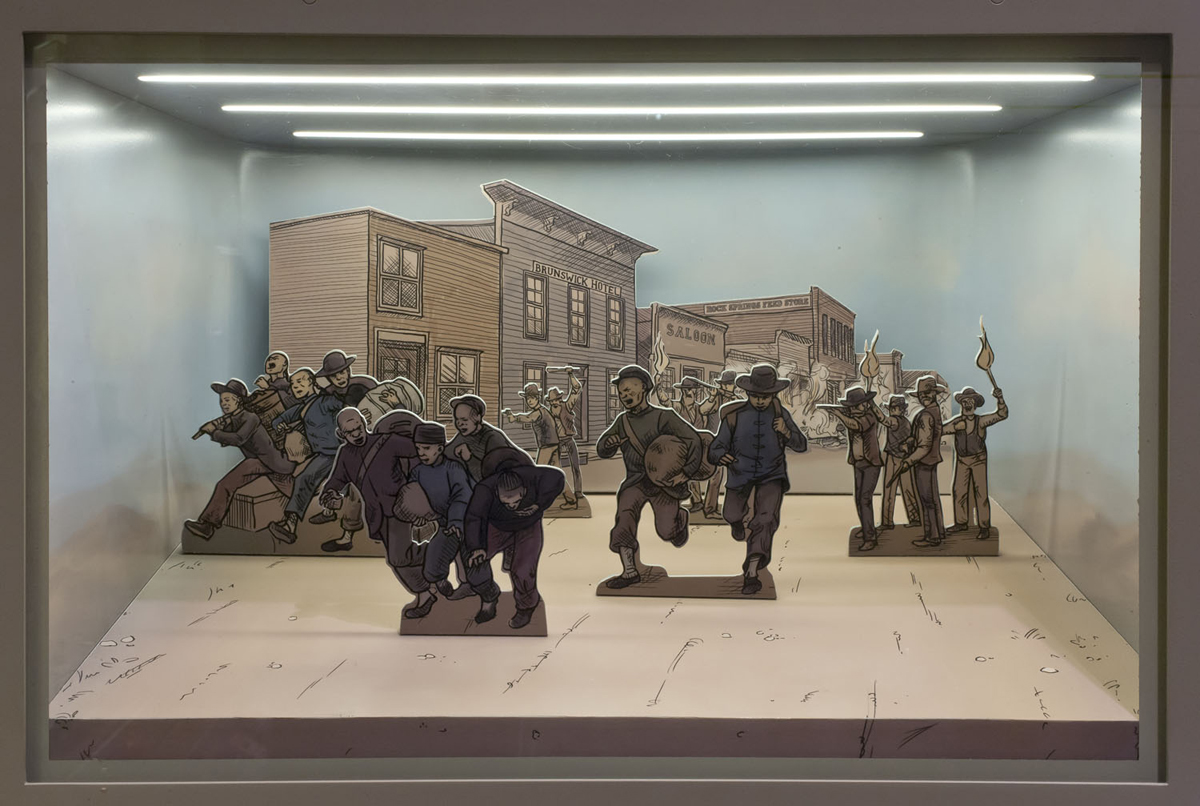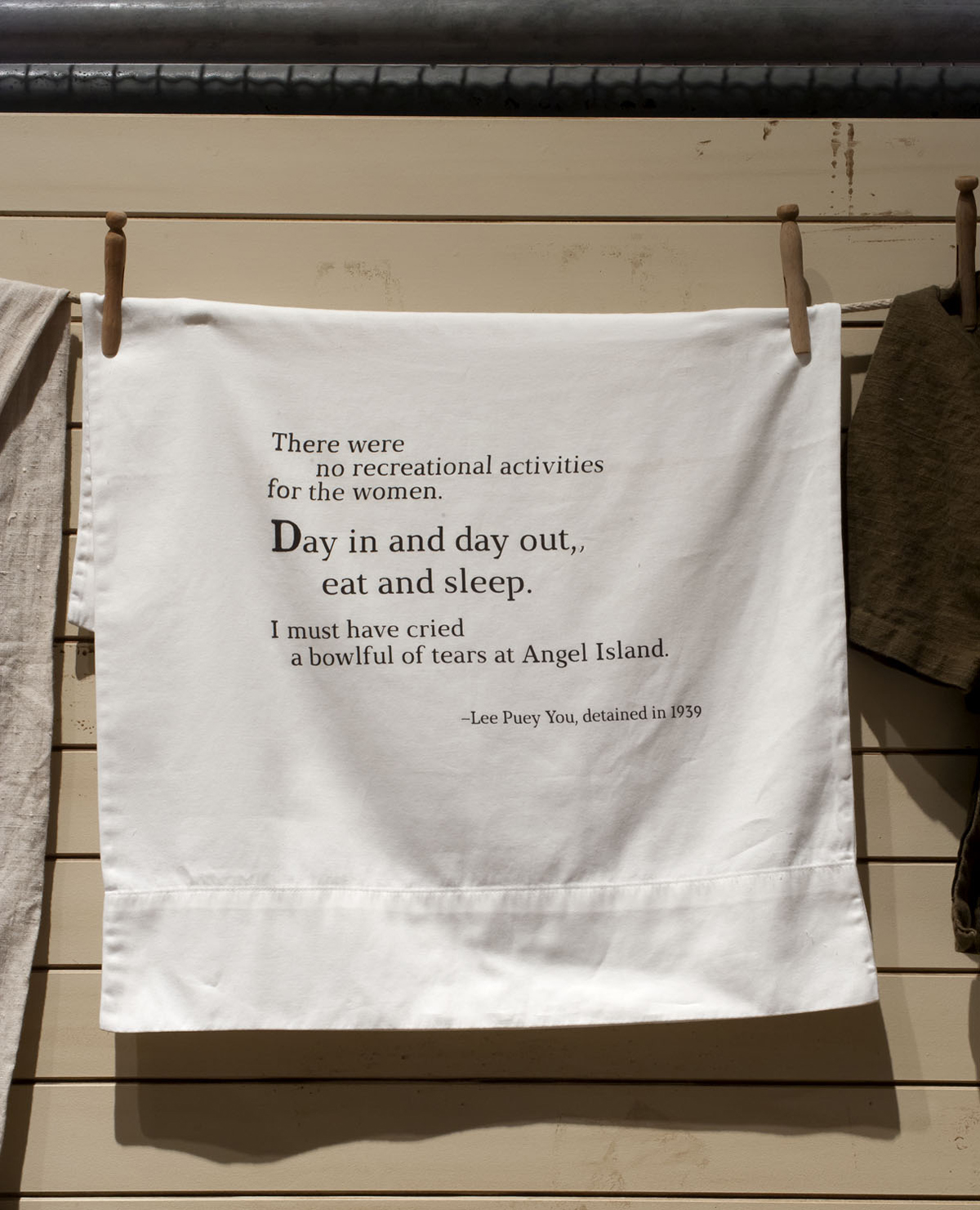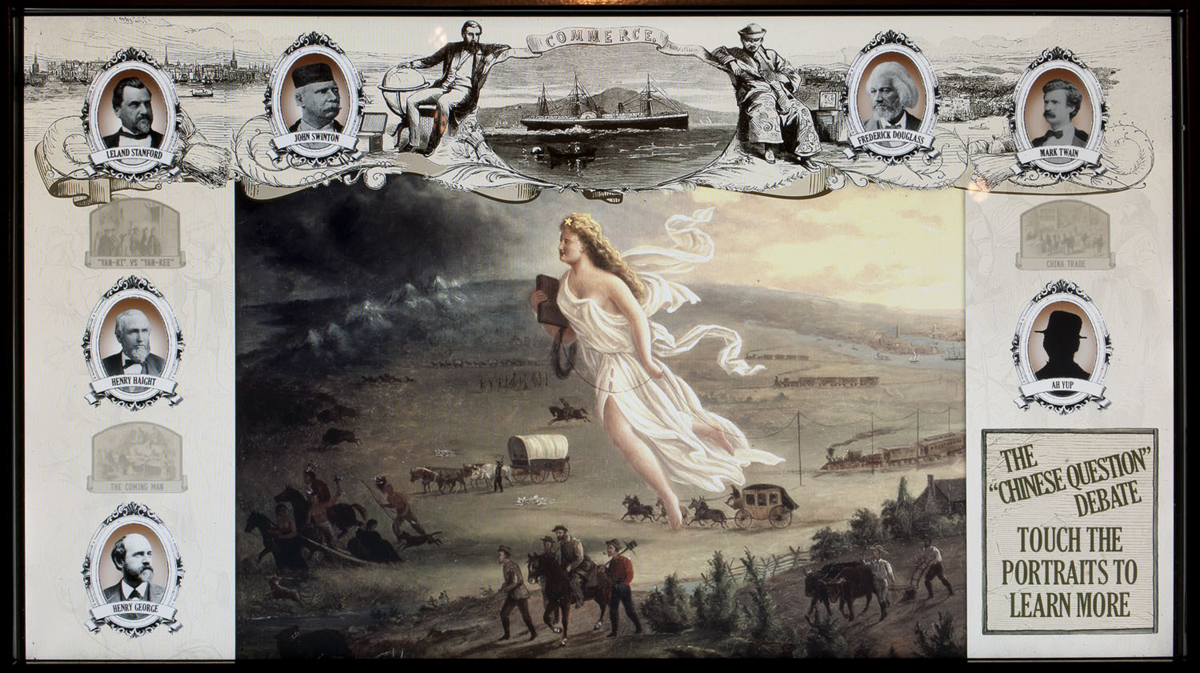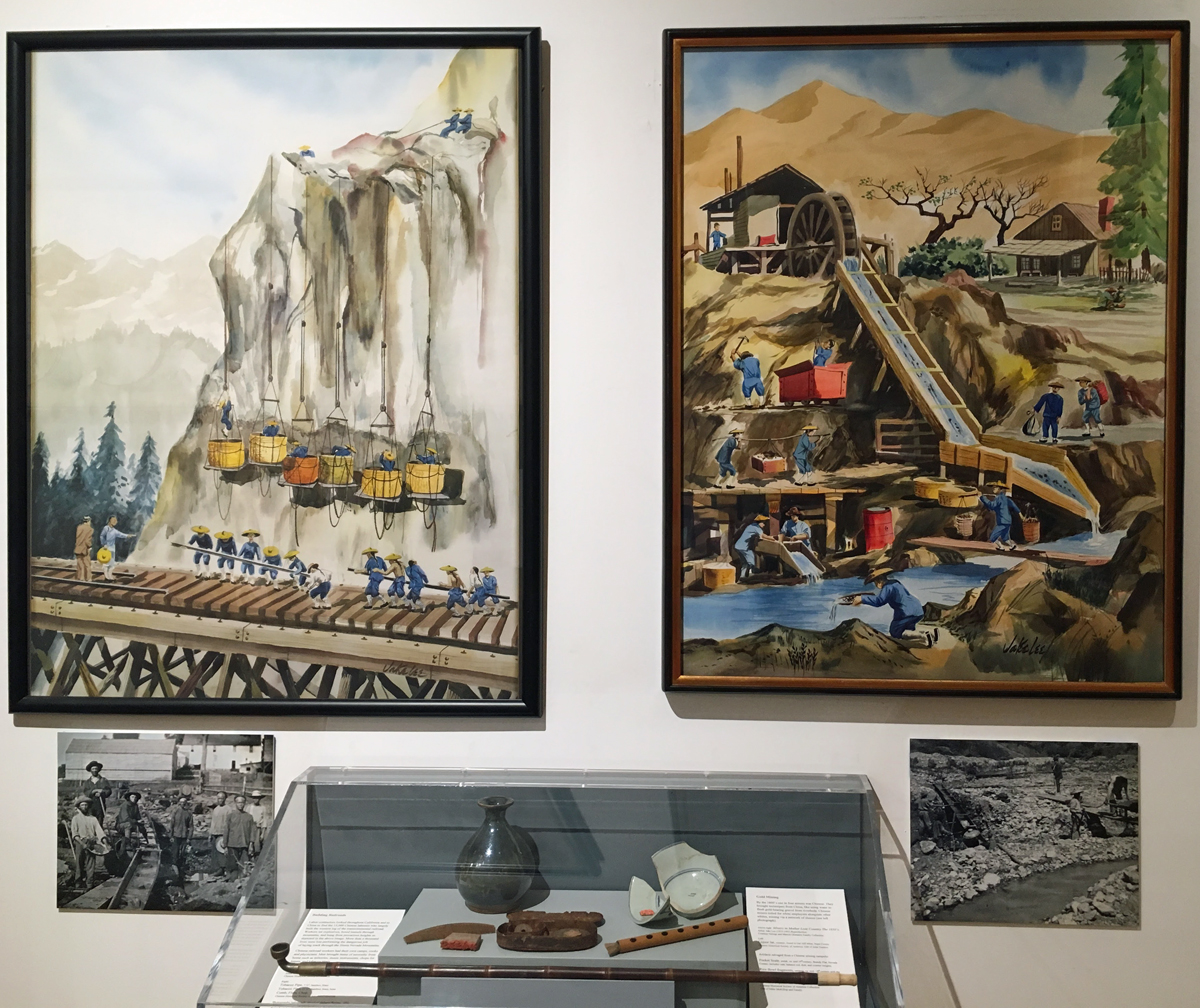On Sept. 2, 1885 in Rock Springs, Wyoming, a mob of 150 white miners rioted against Chinese immigrants, who they perceived as taking away their work. Armed and violent, they demanded the Chinese leave town. By the end of what became known as the Rock Springs Massacre, 28 Chinese lives were taken, hundreds fled to the hills, and every Chinese home and business fell to fire.
This is one of myriad forgotten or overlooked stories of the Chinese American experience — from the tragic and unjust to the resilient and remarkable — brought to light with the opening of the new exhibit, Chinese American: Exclusion/Inclusion at San Francisco’s Chinese Historical Society of America (CHSA).

The presentation, on view indefinitely, is a gleaming collection of art, set pieces, films and interactive storytelling chronicling the history of Chinese in America, which is in many ways a history of the nation itself.
“We want everyone to know that Chinese have been part of U.S. society as long as the country has been established,” says the historical society’s deputy director, Pam Wong. “We want people to know that Chinese people should not be seen as foreigners or those that do not belong, but we are very much a part of American society.”

First installed at the New York Historical Society in 2014 with curatorial help from Wong and the CHSA, the exhibit toured to Portland, Oregon. The New York Historical Society then gifted the show to San Francisco, where it is welcome representation of one of the city’s most enduring communities and cultural presences.





